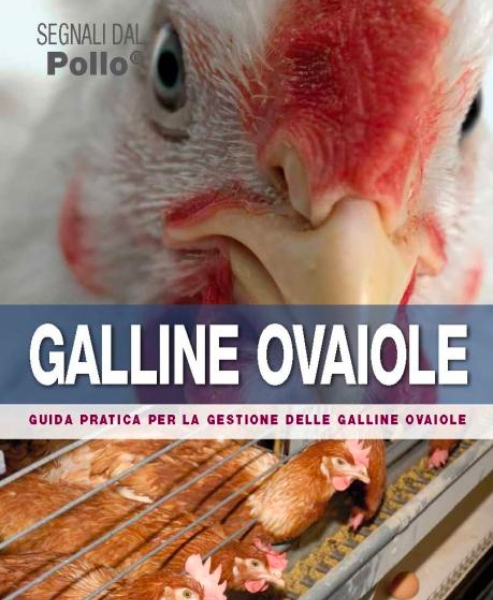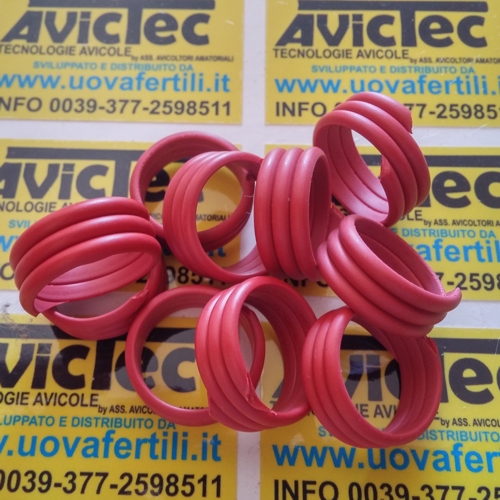
100 Pcs anelli di piccioni 8mm anello di identificazione a baionetta apertura anello di piccione colore anello di piccione anello di piccione forniture di piccione

Amrock: ottima gallina ovaiola, socievole e... ornamentale! - Galline, Pollaio, Ricette con Uova e Video divertenti

Xiumeso Anelli per Galline Anelli per Coscia di Pollo Multicolori Anelli per Gambe di Pollame Identificazione Numerati Anelli Clip per Pollo Anatra Piccione (100 Pezzi) : Amazon.it: Commercio, Industria e Scienza



















